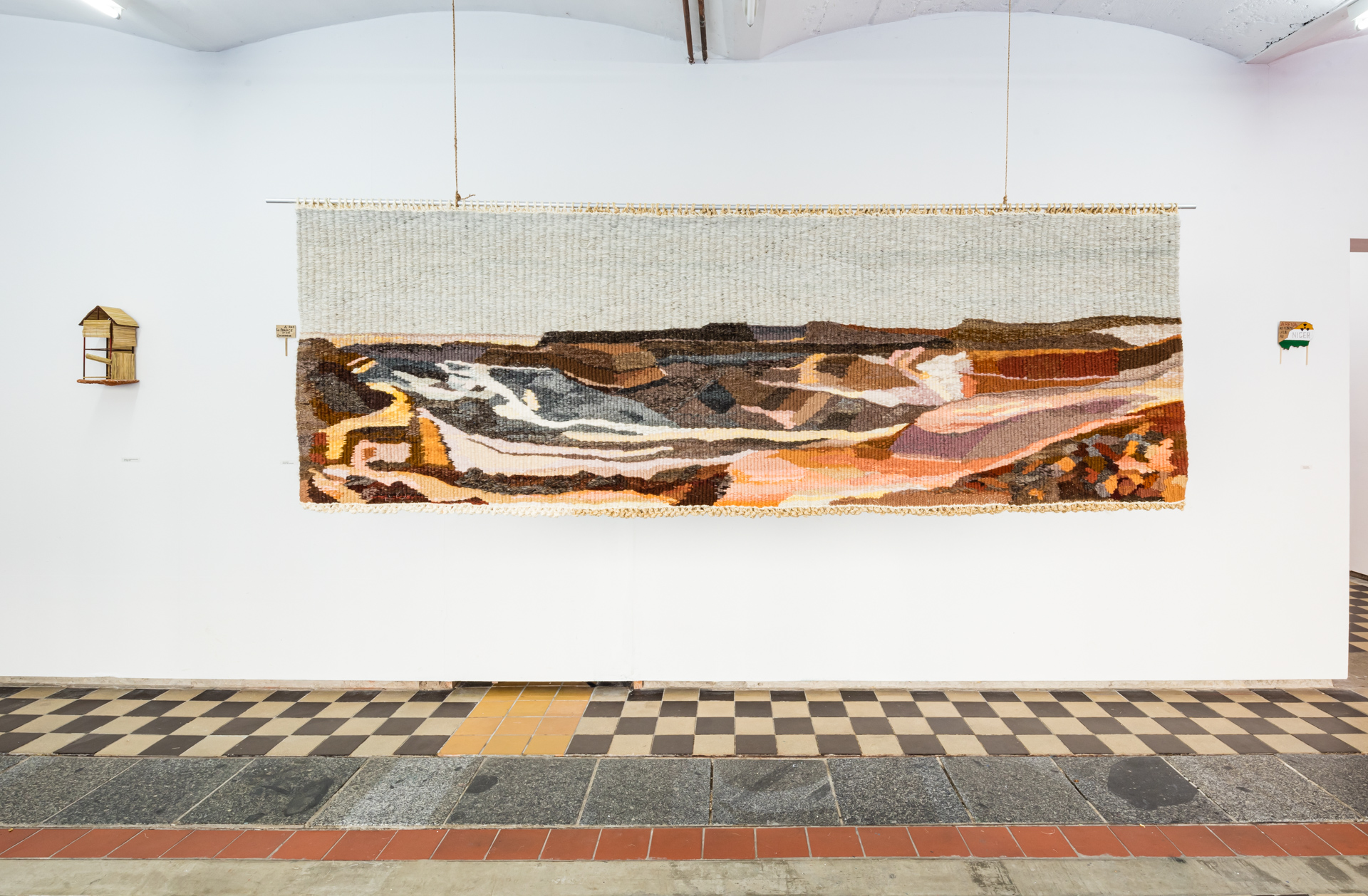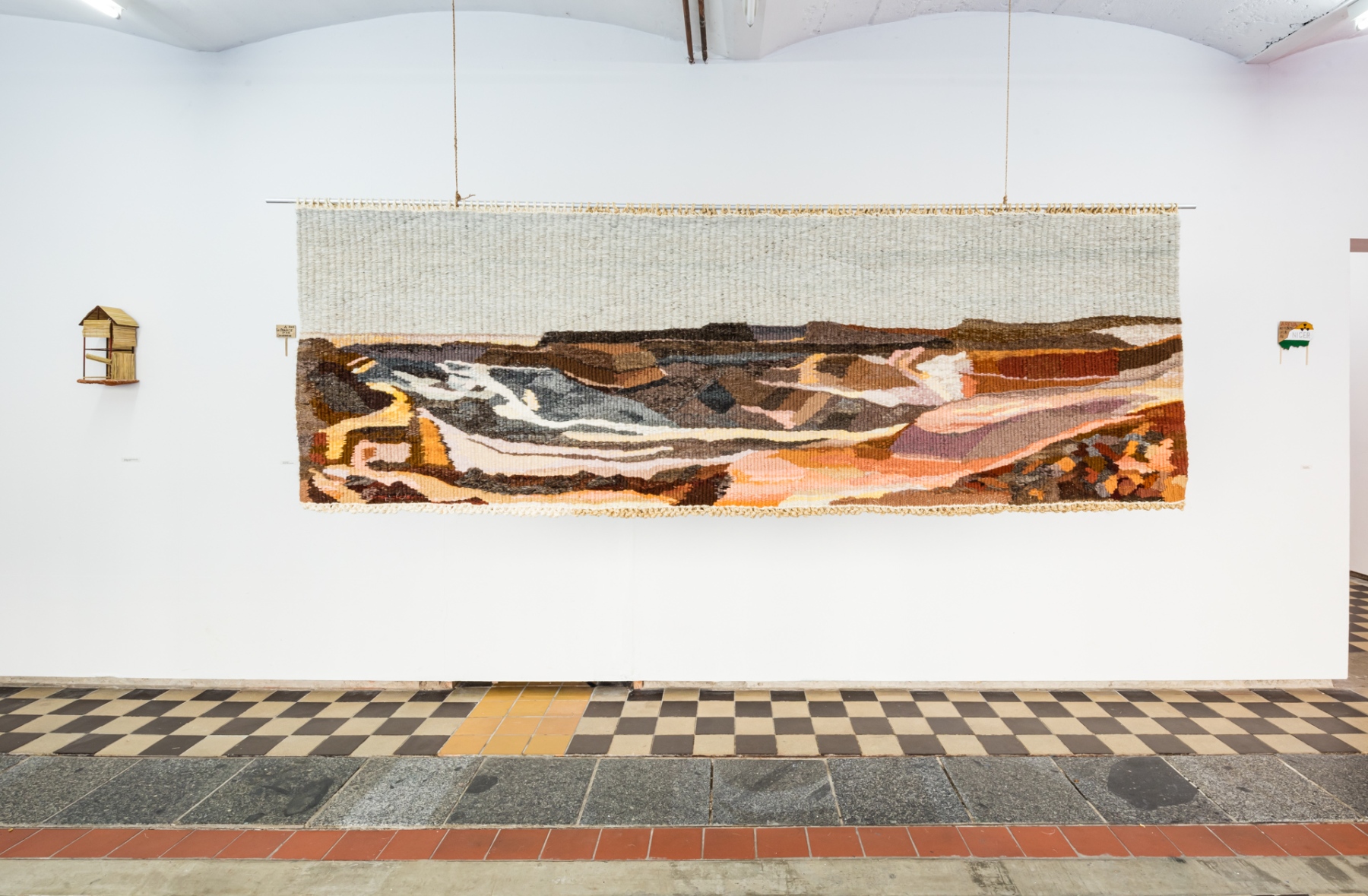Research, Curatorial Practice and Writing
Sharing as Caring 7: The End of the Nuclear Power Age? (2022-23)
with Vebjørg Hagene Thoe and Stephan Mörsch
Exhibition Period: 19 November, 2022 – 15 January, 2023
Place: after the butcher / Spittastraße 25, 10317 Berlin, Germany
 After the Fukushima catastrophe in 2011, the German government declared a shift in its energy strategy to pull out of nuclear power by 31 December 2022. However, the Russian invasion of Ukraine shook up the European energy market and the lifetime of the last three active nuclear power plants – Grohnde, Grundremmingen C and Brokdorf – was extended until 23 April 2023. The vision of the future has been altered by political, economic and technological turns, and predicting the future has become even harder.
After the Fukushima catastrophe in 2011, the German government declared a shift in its energy strategy to pull out of nuclear power by 31 December 2022. However, the Russian invasion of Ukraine shook up the European energy market and the lifetime of the last three active nuclear power plants – Grohnde, Grundremmingen C and Brokdorf – was extended until 23 April 2023. The vision of the future has been altered by political, economic and technological turns, and predicting the future has become even harder.
At this volatile historical junction, Sharing as Caring has been invited by After the Butcher to realise its seventh exhibition in the series entitled, The end of the of nuclear power age? – Artistic reflections on the complex realities of nuclear presence –. The exhibition presents newly produced art works by two artists, Vebjørg Hagene Thoe (lives and works on Lofoten, Norway) and Stephan Mörsch (lives and works in Berlin, Germany). The two artists contemplate the current overall complex questions surrounding nuclear power and raise a fundamental question: How does nuclear presence manifest itself before it emerges as nuclear power?
Thoe and Mörsch traced the source of nuclear presence back to uranium mining in Niger and realised the intricate problems connected to the issue: post-/colonial structure, globalisation, the power conflict between Russia and United States of America, France and Germany, human rights, migration and racism, in parallel to the nuclear race of technological innovations.
Taking a motherly as well as a spiritual approach to the land, Vebjørg Hagene Thoe wove the 2.5m long tapestry that shows the landscapes of uranium mining in Arlit, situated in the Sahara Desert in northern Niger. The artist presents the tapestry with a sculpture shaped like nuclear power plants but made of coconuts barks from the African continent. With the sculpture and a little suitcase with the burial clothes, Thoe also extends her care to the marginalised Tuareg people, who reside in the area. Her installation highlights life – of both the living and the dead – those who were and still are exposed to radioactive materials, extractivism and racism. Stephan Mörsch scrutinised the available images of the landscapes surrounding two uranium mines, Somair at Arlit and the Akouta mine at Akokan, the twin city of Arlit as well as of the scenes of the demonstrations against the mining company Areva, today renamed as Orano, the two governments – Niger and France – and foreign forces staying in the country. In the scale of 1:10, Mörsch reproduces placards, political slogans, flags, barrels filled with sand as roadblocks, guarding huts at the mines, and signs standing by the road in the middle of the desert. His miniature sculptures prompt us to take a closer look at the details and reveal uranium production as the site of power negotiation by different agents of the postcolonial structure.
Presenting an artistic investigation on the issue of nuclear power, the exhibition asks what “clean” means in the context of nuclear power. What kind of cleanness is it ecologically, politically, economically and ethically? Nuclear presence is everywhere in daily life, not only in energy, weapons and space development, but also in transport, medical treatment, forest research, photosynthetic production and many others. By connecting nuclear power to the uranium mines in Niger, Thoe and Mörsch remind us of the facts behind nuclear presence and urge us to pay close attention to the hidden forces. Their works call to mind that nuclear power is inseparable from the relations to colonial heritage, human rights, global capitalism and the ensuing power struggles, and most importantly that the discussion on nuclear power cannot be seen in an isolated way as the energy policy of individual states.
press release DE
An inside view of the exhibition and interviews with the artists
